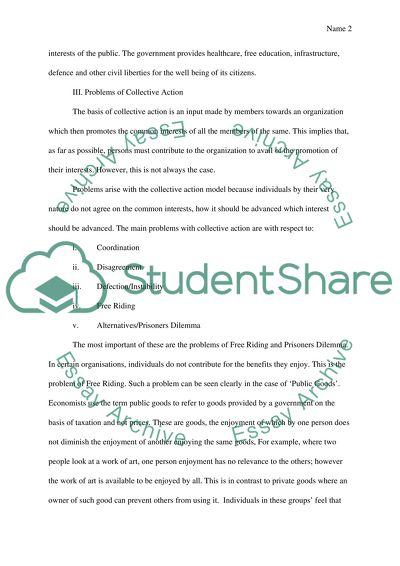Cite this document
(“How Does the Constitution Mitigate Collective Action Problems Essay”, n.d.)
Retrieved from https://studentshare.org/law/1433251-how-does-the-constitution-mitigate-collective-action-problems
Retrieved from https://studentshare.org/law/1433251-how-does-the-constitution-mitigate-collective-action-problems
(How Does the Constitution Mitigate Collective Action Problems Essay)
https://studentshare.org/law/1433251-how-does-the-constitution-mitigate-collective-action-problems.
https://studentshare.org/law/1433251-how-does-the-constitution-mitigate-collective-action-problems.
“How Does the Constitution Mitigate Collective Action Problems Essay”, n.d. https://studentshare.org/law/1433251-how-does-the-constitution-mitigate-collective-action-problems.


